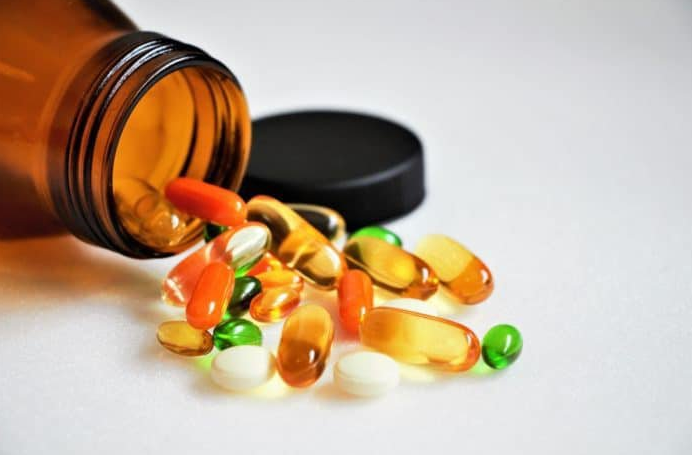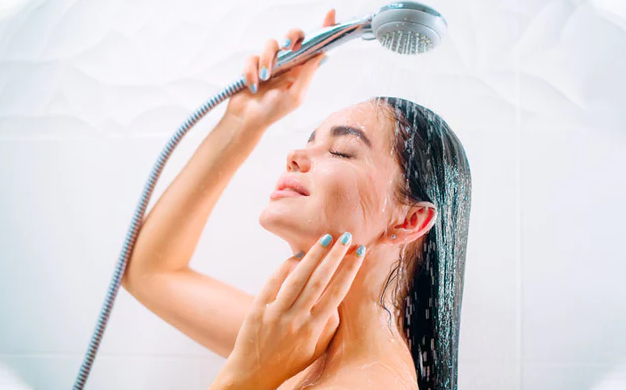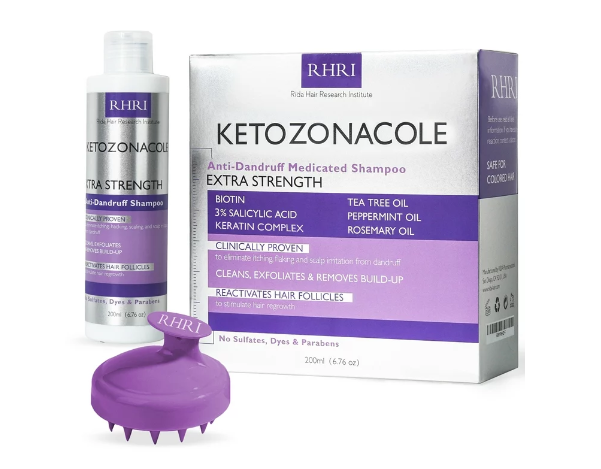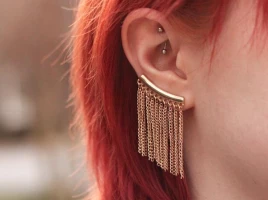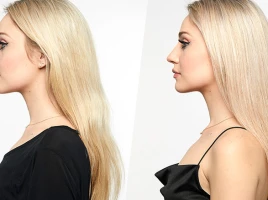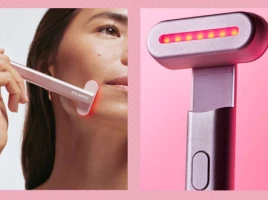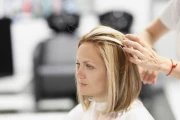Are red spots on your skin bothering you? Do you feel like you have pimples on your skin? If so, it can cause a skin condition commonly known as superficial folliculitis. It can arise anywhere from an infection of the hair follicles. It causes irritation, swelling, redness, and spots.
You must visit a dermatologist if you experience such symptoms and excessive hair loss, and if it is not that much worse then read the blog to get effective ways for treating scalp folliculitis.
What Is Scalp Folliculitis?
It is an inflammatory disease that affects the hair follicles of the scalp. It is also known as "Propionibacterium folliculitis" or "Necrotica miliaris" in the medical field. Hair follicles on the scalp can become inflamed or irritated. Skin conditions include small, folliculitis bumps on the scalp (wrinkled pimples on the scalp) that are usually most painful near the hairline. The size and weight of these lumps can vary from person to person. Bacteria, fungal infections, ingrown hairs, and other causes can cause scalp folliculitis.
How To Get Rid Of Scalp Folliculitis?
It is a common disease, and it can be cured. Let us tell you; there are several options you can try. The following method may help you to get rid of it:
Topical Antibiotics
You can clean the infected area to limit the spread of fungal infections. Such topical antibiotics, like fusidic acid gel, clindamycin, and erythromycin, are effective in treatment. Regular use of antibiotics can help reduce itching.
Avoid Hot Water
Dermatitis causes inflammation of the scalp and irritation of the skin barrier. Since hot water increases the irritation and dryness of the skin. We recommend using tap water rather than hot water to wash your hair. However, a hot pack outside the shower can be soothing and help clear up acne.
Use Dandruff Shampoo
Ketoconazole Anti-Dandruff Medicated Shampoo ($28.10)
Our team has consulted a doctor. She recommends regularly washing your hair and using anti-dandruff shampoos with anti-fungal ingredients. The doctor explains that the shampoo, known as ketoconazole shampoo, helps remove yeast, oil, and other microbes from around the hair follicles, reducing inflammation and infection.
Home Remedies
- Oils: Certain essential oils, such as lemongrass, eucalyptus, clove, tea tree, cinnamon, and chamomile, have antibacterial and anti-fungal properties that can help treat folliculitis. Consider using hair oil, and mix a few drops of your preferred essential oil with a carrier oil or moisturizer. Apply this mixture topically to provide soothing relief for itching.
- Warm Compress: Wet a washcloth with warm water and place it on the affected area for a few minutes. Do this several times a day to soothe the area and reduce itching.
- Wash Daily With Antibacterial Soap: Scalp folliculitis is most common at the hairline. If you notice skin irritation in this area, you can wash the area several times a day with an antibacterial soap. Be sure to rinse off the soap after you're done and dry your hairline with a clean cloth or towel.
- Herbs: Apply oatmeal to your scalp to reduce swelling. A study found that oatmeal has anti-inflammatory properties that can relieve various allergies. Another study showed that using traditional herbs can often alleviate the symptoms of folliculitis.
Conclusion
Scalp follicles are an inflammatory disease that affects the hair follicles of the scalp. Hair follicles on the scalp can become inflamed or irritated. Topical antibiotics are help full in treatment. Before going to a dermatologist, you can try some home remedies. But we recommend that you start treatment by seeing a good doctor.



